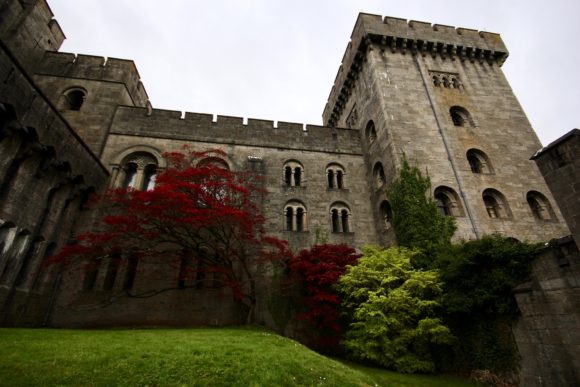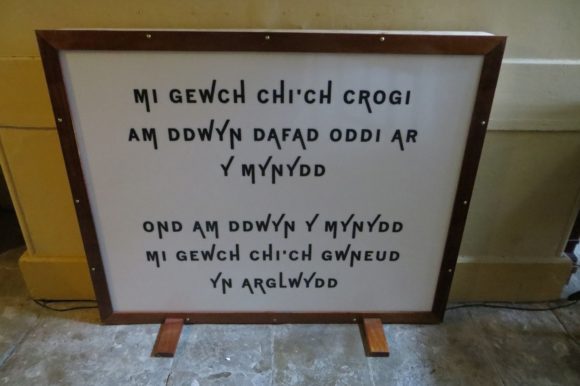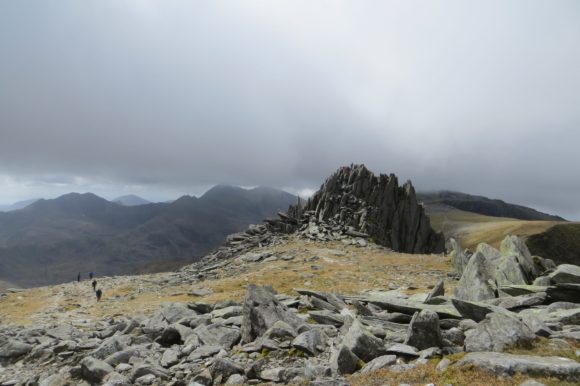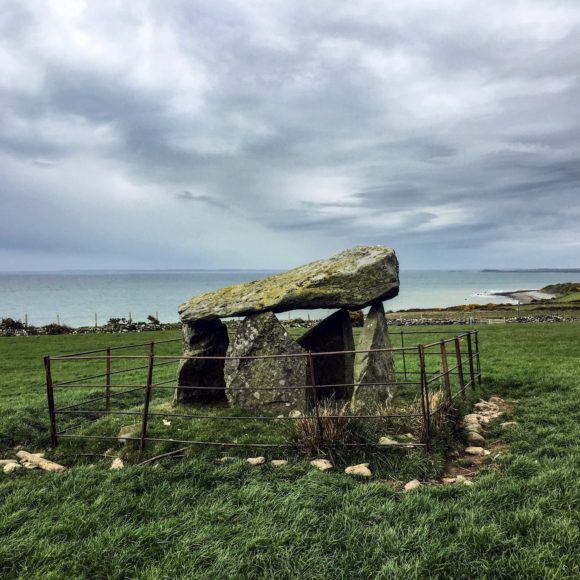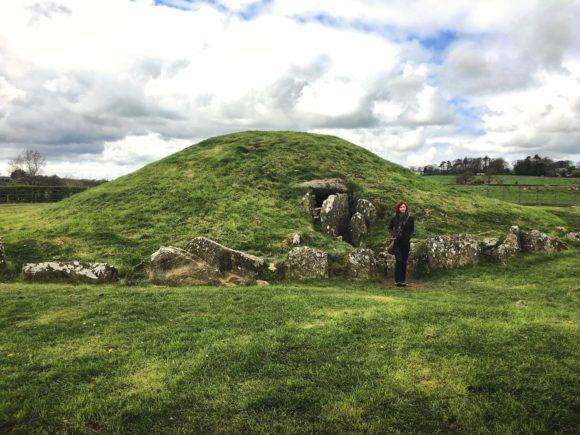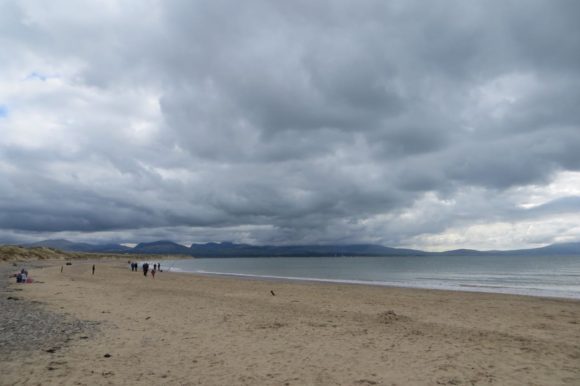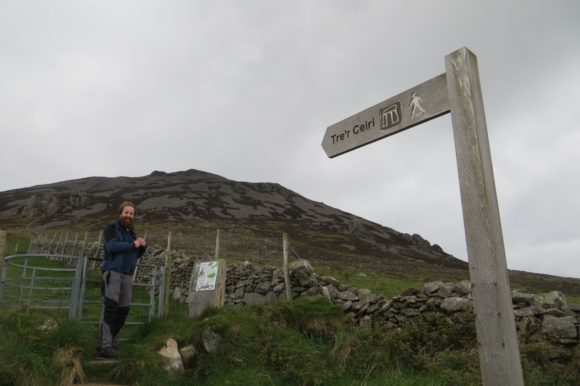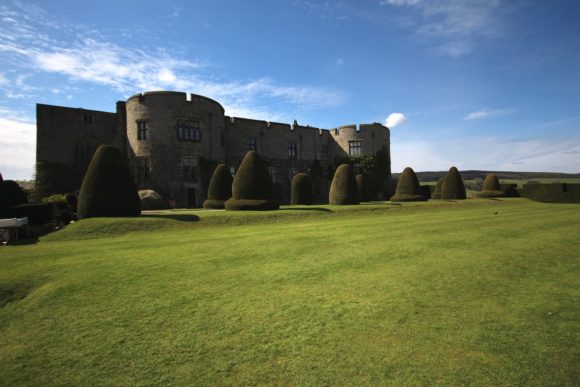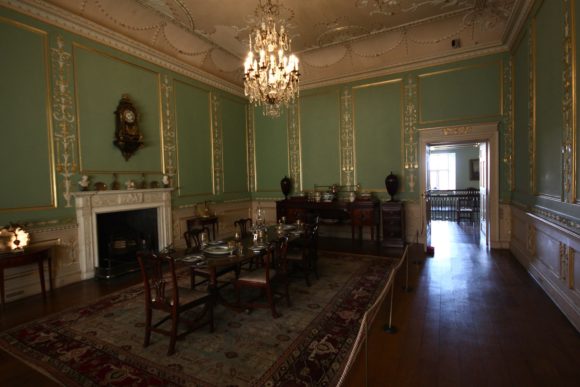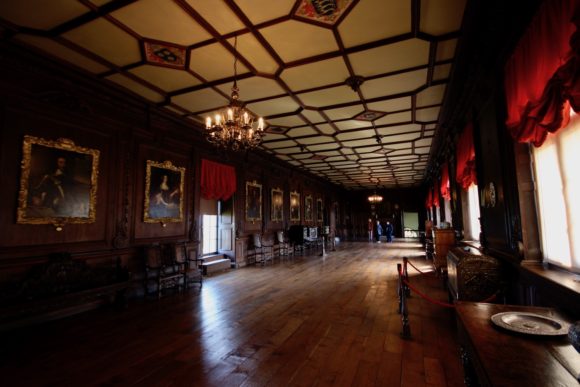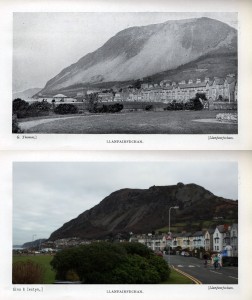As per usual, we went to Wales for Easter, looking forward to some hiking, sun, NT places and loads of ôen bachs. The weather was not great but not too terrible either, so we managed to do a few cool things:
Penrhyn Castle
Originally a medieval fortified manor house, founded by Ednyfed Fychan. In 1438, Ioan ap Gruffudd was granted a licence to crenellate and he founded the stone castle and added a tower house. Samuel Wyatt reconstructed the property in the 1780s.
We checked out all the fancy rooms and staircases, plus the Victorian kitchen in which they were baking nice Easter cookies.
Glyder Fawr
On Saturday the weather was ok, so we decided to go up our fave Glyder, which we guessed would not be too overcrowded on the heavy-traffic Easter weekend. We even managed to find parking (just about), but the Snowdon path from Pen-y-Pas was a tourist highway for sure, like if all the people on it would just reach out they could hold hands in a full chain from the road all the way to the top. Blergh.
Glyder, on the other hand, was only reasonably populated, had great views over to Tryfan, and my fave bleak rocky outcrops on the top. Success.
Burial sites
Two of them. Not sure their names or history, Iest will fill this in.
Iest: Here I am, filling this in. I’m currently reading a very interesting book called ‘The story of Wales’ by Jon Gower, and although I’ve only just started it, I’ve found out that there were two very fascinating places just a stones throw away from where I grew up. The first is Bachwen, a burial chamber that’s located over in Clynnog Fawr – dating back to the Neolithic / Stone Age era. Beautifully located just by the sea, and with Yr Eifl just behind it.
The second, was just over on Anglesey – Bryn Celli Ddu, another Neolithic site but this time, a stone chambered tombs buried under a mound, which made for a rather impressive site! So great to learn about these two places, and I’m looking forward to what else I can learn from the book!
Llandwyn
My fave beach is awesome even in heavy clouds. Tho this time it was also a bit like a crab carnage site, with so many dead crabs everywhere. Probably a crab flu season or something.
Tre’r Ceiri
A hillfort dating back to the Iron Age. The settlement is located 450 metres (1,480 ft) above sea level on the slopes of Yr Eifl, a mountain on the north coast of the Llŷn peninsula. Evidence suggests the settlement was first built around 200 BC, though most of the archaeological finds date from AD 150–400, showing the site continued as a settlement during the Roman occupation. Tre’r Ceiri is one of the most spectacular ancient monuments in Wales. The settlement is surrounded by stone walls that are largely intact, and which reach up to 4 metres in some places. Within the walls are ruins of about 150 stone houses, it may have housed up to 400 people.
Chirk castle
Finally, on our way home we managed to stop by at Wrexham’s finest, Chirk castle.
The castle was built in 1295 by Roger Mortimer de Chirk, uncle of Roger Mortimer, 1st Earl of March as part of King Edward I’s chain of fortresses across the north of Wales. It guards the entrance to the Ceiriog Valley. The castle was bought by Sir Thomas Myddelton in 1593 for £5,000. Following the Restoration, his son became Sir Thomas Myddelton, 1st Baronet of Chirke. During the 1930s the Castle was home to Thomas Scott-Ellis, 8th Baron Howard de Walden, a prominent patron of the arts and champion of Welsh culture. The Myddelton family resided at Chirk Castle until 2004.
